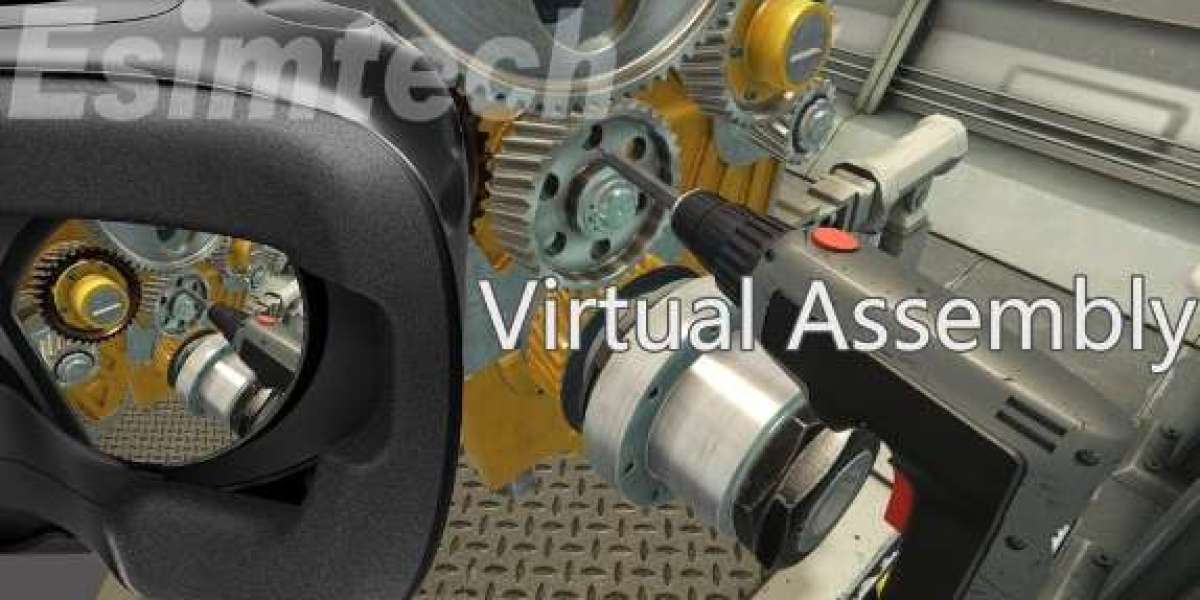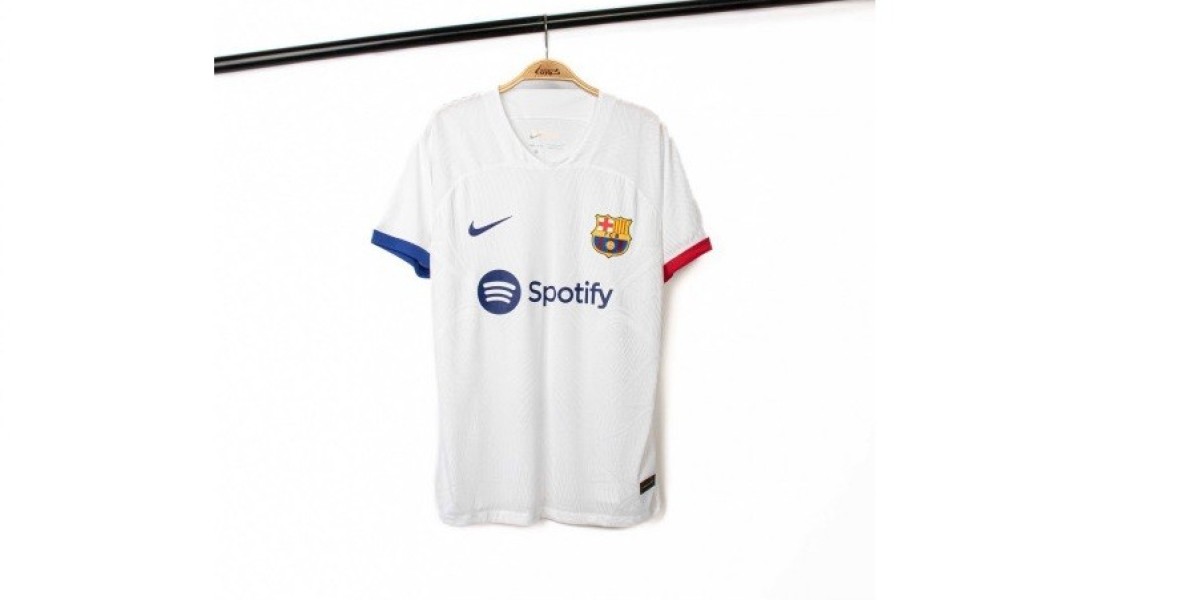Beyond Textbooks: Visualizing the Invisible
Traditional training methods, while valuable, often struggle to convey the complexities of oil and gas operations. Textbooks can be dry, static images lack depth, and classroom simulations fall short of replicating real-world scenarios. This is where 3D animation shines.
Imagine bringing the inside of a drilling rig to life, showing the intricate interplay of machinery and the flow of hydrocarbons. 3D animation allows trainees to virtually step onto a platform, explore the depths of a reservoir, or witness the intricacies of a well completion process. This immersive experience fosters deeper understanding and retention, making training more effective and engaging.
Safety First: Practicing without the Peril
The oil and gas industry prioritizes safety above all else. Yet, training often involves exposing workers to potentially hazardous environments. 3D animation offers a safe space to practice critical procedures and emergency responses. Trainees can navigate simulated oil spills, learn how to handle equipment malfunctions, and even rehearse complex rescue operations – all without the risk of real-world consequences. This not only improves safety but also boosts confidence and preparedness in the face of real-world challenges.
Cost-Effective and Scalable: Training on Demand
Traditional training methods can be expensive and time-consuming, requiring specialized facilities and instructors. 3D animation offers a cost-effective and scalable solution. Once developed, animations can be accessed on-demand, anywhere, anytime. This eliminates travel expenses, reduces downtime, and allows companies to train large groups of employees simultaneously, regardless of location.
Beyond the Basics: Tailored Training for Specific Needs
3D animation isn't just for visualizing equipment and processes. It can be tailored to address specific training needs, from basic safety procedures to advanced troubleshooting techniques. Companies can develop animations that focus on their unique equipment, operational protocols, or even regional safety regulations. This personalized approach ensures that training is relevant and directly applicable to the tasks employees will perform in the field.
The Future of Training is Here
3D animation technology is rapidly evolving, offering even more immersive and interactive experiences. Virtual reality (VR) and augmented reality (AR) are being integrated with animation, allowing trainees to actively manipulate virtual environments and receive real-time feedback on their actions. This cutting-edge technology will further blur the lines between simulation and reality, providing an unparalleled training experience for the next generation of oil and gas professionals.
In conclusion, 3D animation is not just a fancy visual tool; it's a transformative force in oil and gas training. By bringing complex concepts to life, ensuring safety, and offering cost-effective solutions, 3D animation is drilling deeper into knowledge, preparing workers for a brighter and safer future in this vital industry.








